Optimal Timing for Fire Restorations
Fire restorations are most effective when performed promptly after a fire incident. Immediate action minimizes smoke and soot damage, reducing long-term restoration costs. Seasonal considerations, such as avoiding extreme weather conditions, can also influence timing for optimal results.
Timely fire restoration reduces secondary damages like mold growth and structural deterioration.
Restorations are often best during milder weather to facilitate ventilation and reduce weather-related delays.
Avoiding winter or rainy seasons can prevent additional complications during restoration work.
Conducting assessments soon after a fire ensures accurate damage evaluation and efficient planning.

Ways to make Fire Restorations work in tight or awkward layouts.
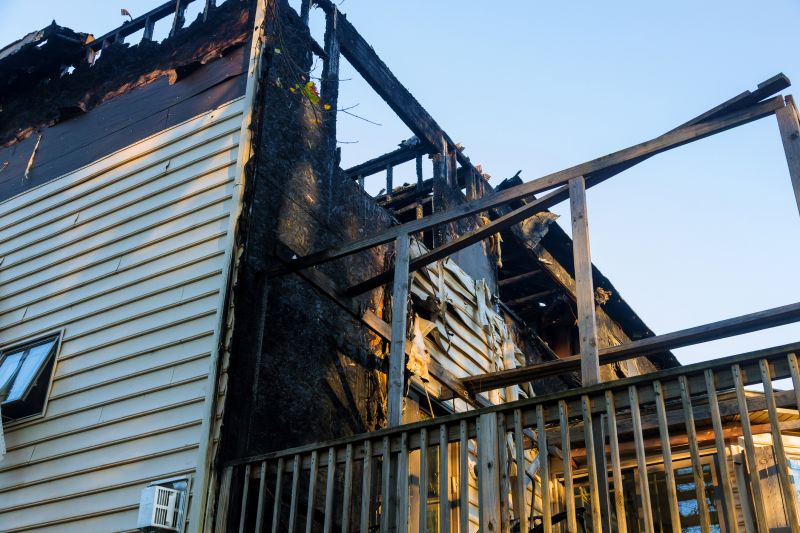
Popular materials for Fire Restorations and why they hold up over time.
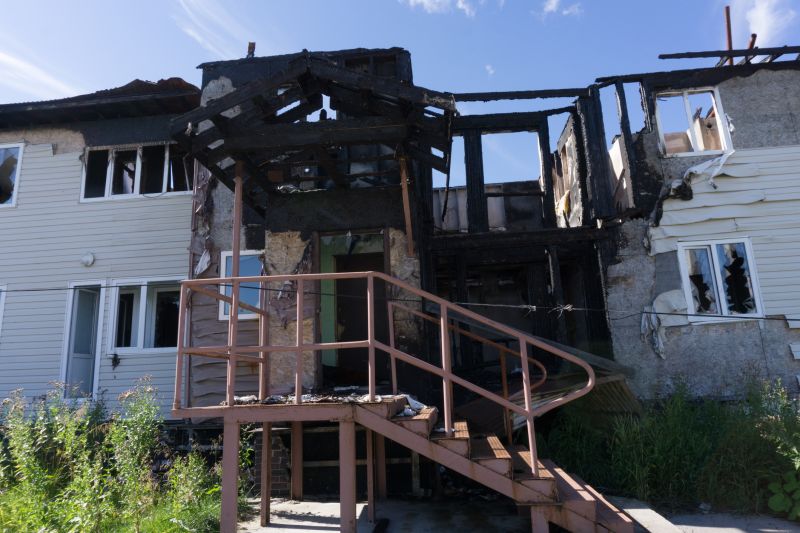
Simple add-ons that improve Fire Restorations without blowing the budget.

High-end options that actually feel worth it for Fire Restorations.
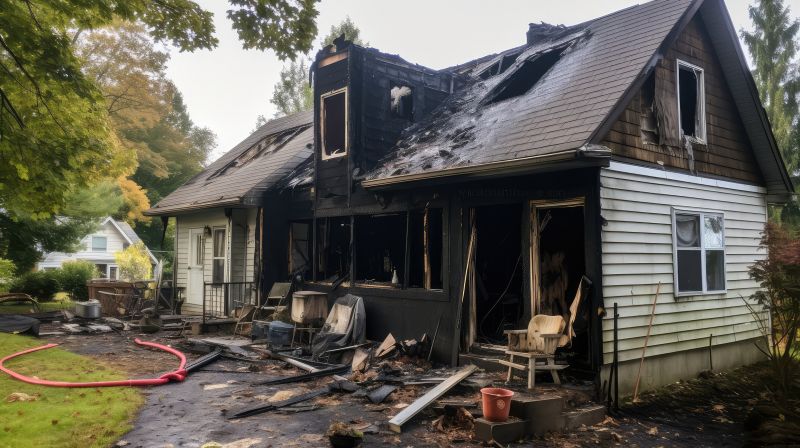
Finishes and colors that play nicely with Fire Restorations.

Little measurements that prevent headaches on Fire Restorations day.
| Aspect | Optimal Timing |
|---|---|
| Immediate action | Within 24-48 hours after fire |
| Seasonal considerations | Spring and fall |
| Weather conditions | Avoid winter and rainy seasons |
| Assessment timing | As soon as possible after fire |
| Structural repairs | During mild weather months |
| Smoke and odor removal | Immediately following fire |
| Electrical and plumbing repairs | After initial cleanup |
| Final inspections | Once damage stabilization is complete |
Fire restorations encompass a range of processes aimed at repairing and restoring properties affected by fire. This includes cleaning soot and smoke residues, removing damaged materials, and repairing structural elements. Prompt restoration helps prevent secondary damages such as mold growth, corrosion, and further structural weakening. The process often involves specialized cleaning agents, equipment, and techniques to ensure thorough removal of smoke odors and residues, restoring the property to its pre-fire condition.
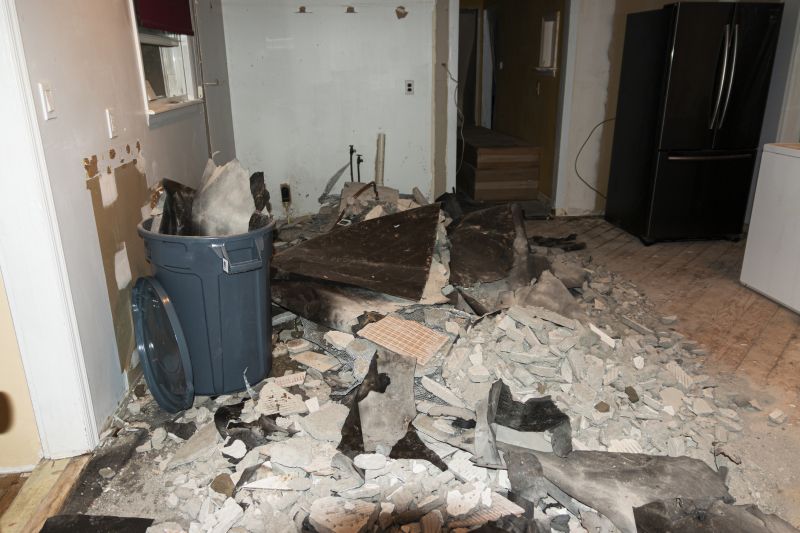
A 60-second routine that keeps Fire Restorations looking new.

A frequent mistake in Fire Restorations and how to dodge it.
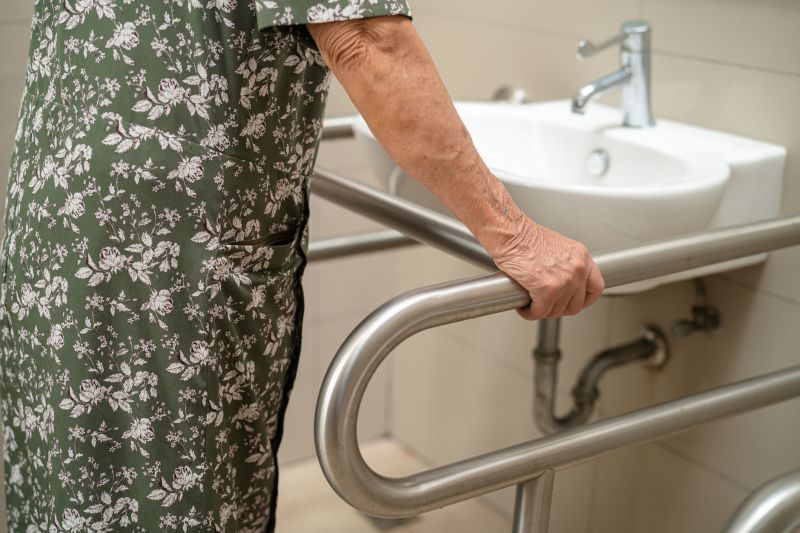
Small tweaks to make Fire Restorations safer and easier to use.
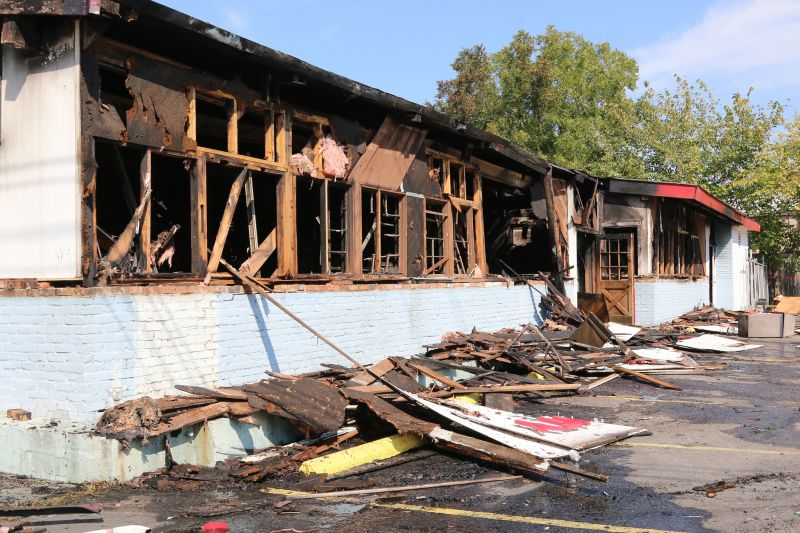
Lower-waste or water-saving choices for Fire Restorations.

The short, realistic tool list for quality Fire Restorations.

Rough timing from prep to clean-up for Fire Restorations.
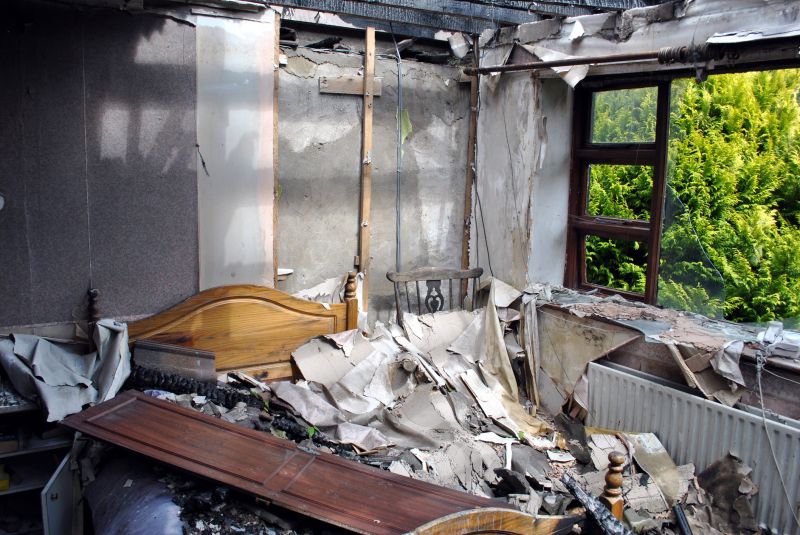
Quick checks and paperwork to keep after Fire Restorations.
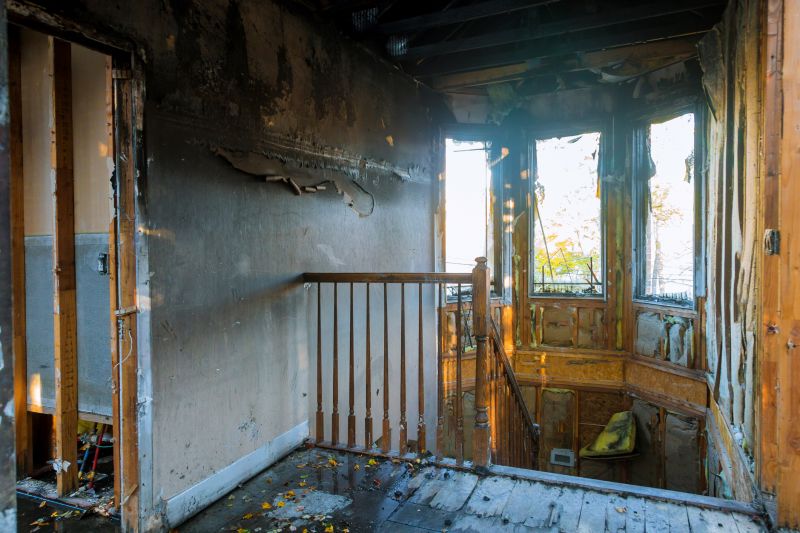
Examples that show the impact a good Fire Restorations can make.

Ways to make Fire Restorations work in tight or awkward layouts.

Ways to make Fire Restorations work in tight or awkward layouts.

Ways to make Fire Restorations work in tight or awkward layouts.
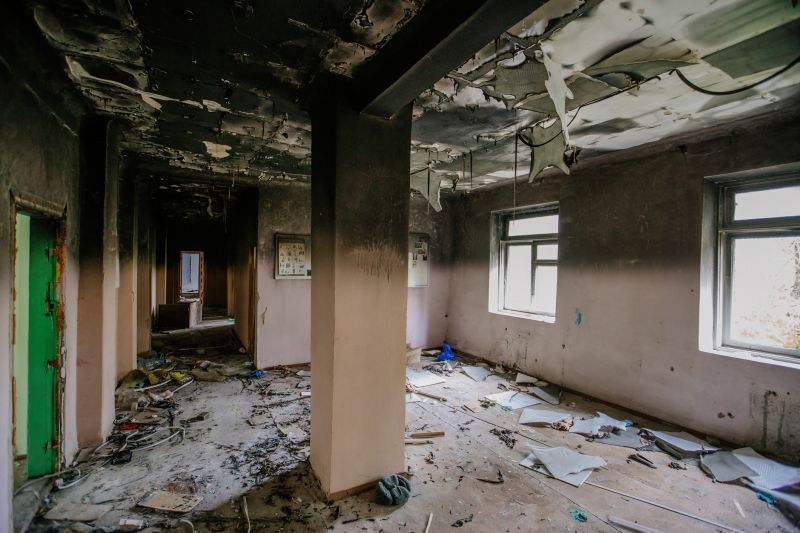
Ways to make Fire Restorations work in tight or awkward layouts.
Effective planning involves immediate assessment and strategic scheduling to ensure timely repairs.
Spring and fall often provide optimal weather conditions for comprehensive restoration work.
Postponing restoration can lead to increased structural damage and higher costs.
Certified fire restoration specialists utilize advanced techniques for thorough cleanup and repair.
Interested property owners in Sun City Center, FL, can contact professionals to evaluate fire damage and determine the best restoration timing. Prompt action can help minimize damage, reduce costs, and restore safety and comfort to affected spaces.
